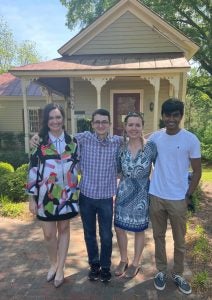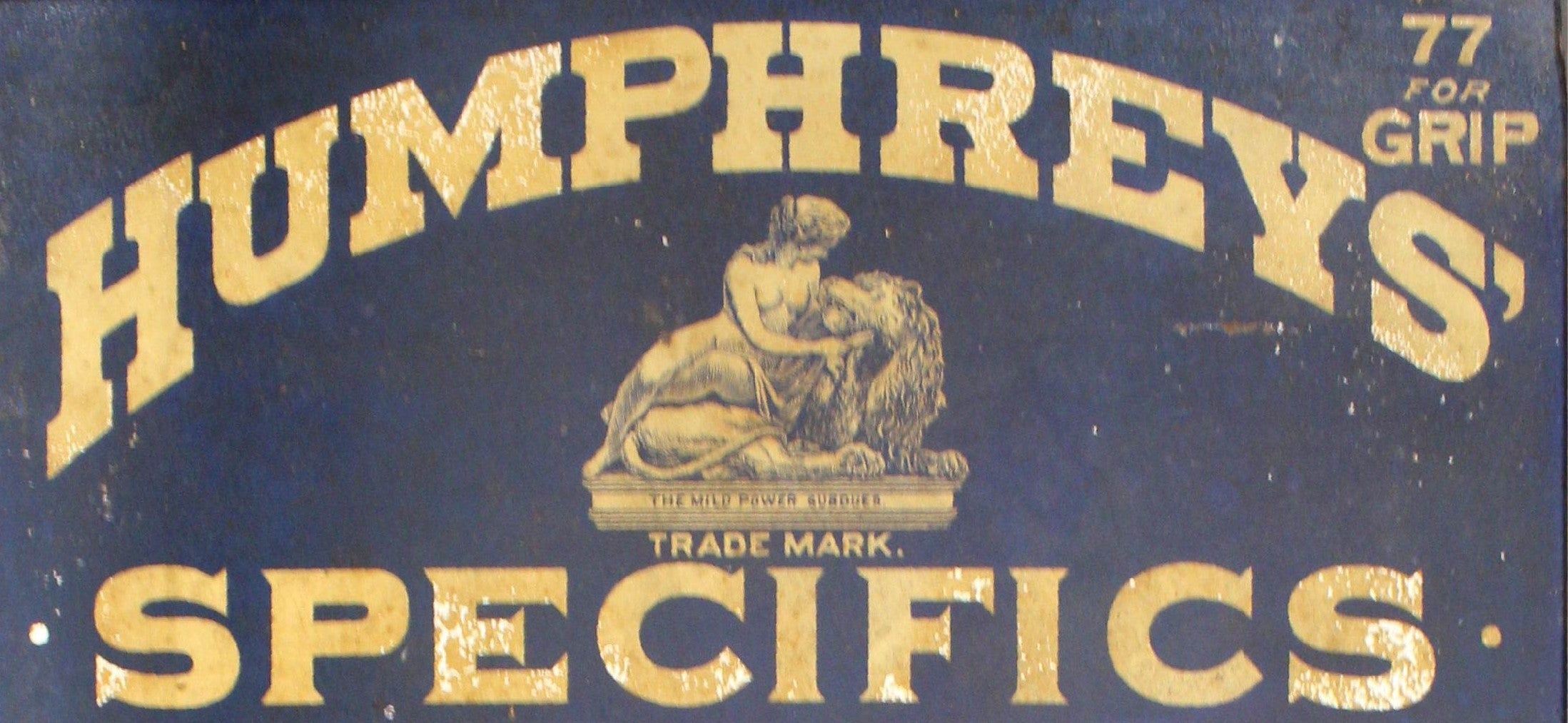“‘What are in these pills, doc?’: Modern Chemical Insights into 19th Century Alternative Medicines” on Wednesday, March 22
As part of the Ruth and John Moskop History of Medicine Lecture Series, the Medical History Interest Group invites you to attend “What are in these pills, doc?”: Modern Chemical Insights into 19th Century Alternative Medicines on March 22. This lecture, presented by Elizabeth LaFave, PhD Candidate in the Department of Chemistry at ECU, begins at 4 p.m. in the Evelyn Fike Laupus Gallery, fourth floor Laupus Library.
The event will also be hosted Panopto. Attend the event virtually at this link.

Elizabeth LaFave (left) and ECU Chemistry students at The Country Doctor Museum
The Topic:
ECU doctoral candidate, Elizabeth LaFave, will speak about the research that she and undergraduate students learning in her chemistry lab have conducted for the past few years. LaFave and her team studied herbal “remedies” from ECU’s Country Doctor Museum within homeopathic kits and vials, dating from the 1840s to the early 1900s. This presentation will describe how the research was conducted, including using mass spectrometry and spectroscopic techniques to identify the actual components in these remedies. The team completed the chemical research in tandem with historical research, studying historical materials such as medical advertisements and other information, to more fully develop a picture of how the chemical analyses could fit into the atmosphere of debate between traditional allopathic medicines and alternative homeopathic treatments during the 19th and early 20th centuries.
The Speaker:
Elizabeth LaFave is a PhD candidate in the Department of Chemistry at ECU. Although Elizabeth’s primary project is a collaboration with the ECU Heart and Diabetes Institute, investigating the impacts of the early onset gene, Breast Cancer 1 (BRCA1), on the skeletal muscle system, she pursues various other multidisciplinary projects in a mentorship capacity. These projects combine areas of anthropology, history and biology with chemical analyses. Her resultant publications have been in Analytical Chemistry, International Journal of Historical Archaeology, Sensors and Actuators Reports and Exercise and Sport Sciences Reviews.
More Information:
This event is free and open to the public. Refreshments will be provided.
Directions and parking information.
If you’d like to travel by bus from Main Campus, take bus 302 from the Main Campus Student Center to the Allied Health Sciences Building. Click here for the 302 bus schedule.
Lectures may be video recorded.
Learn more about the MHIG lectures and view an archive of previous recordings.
